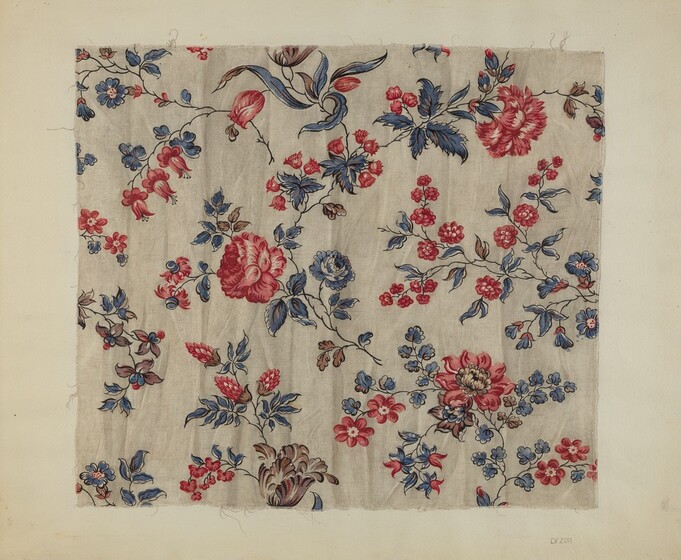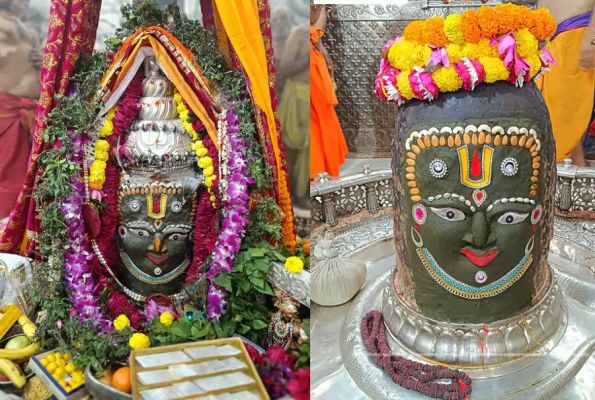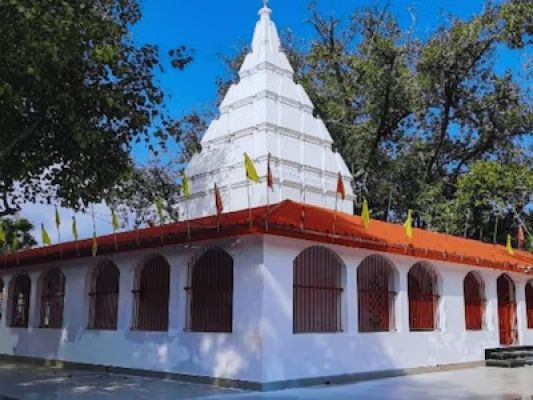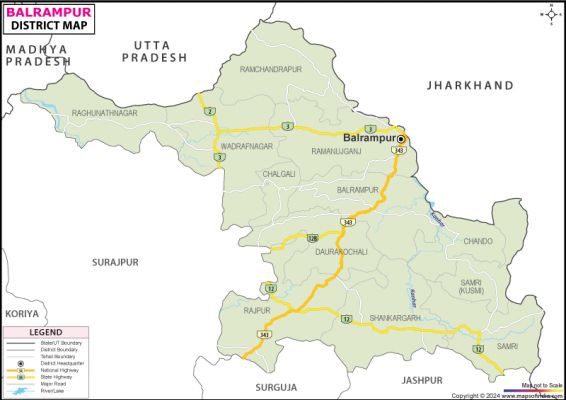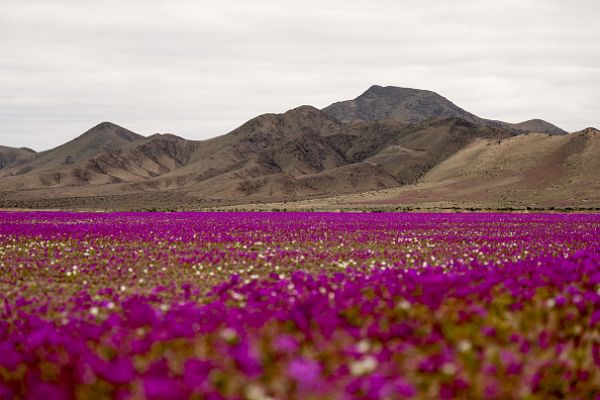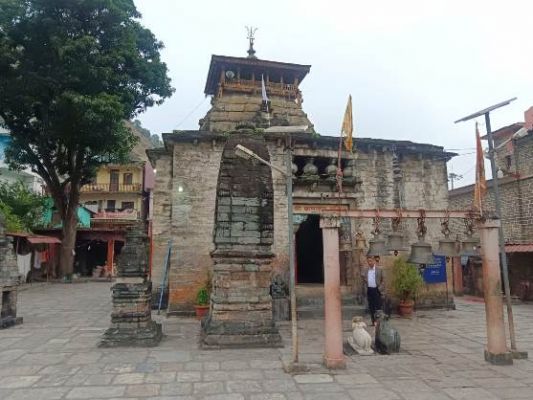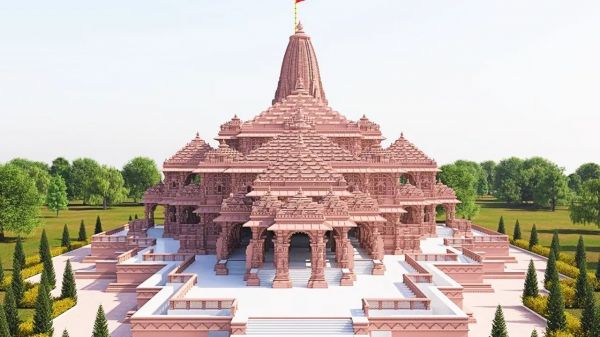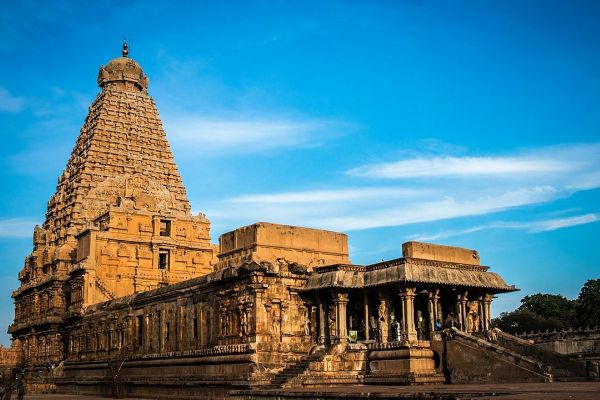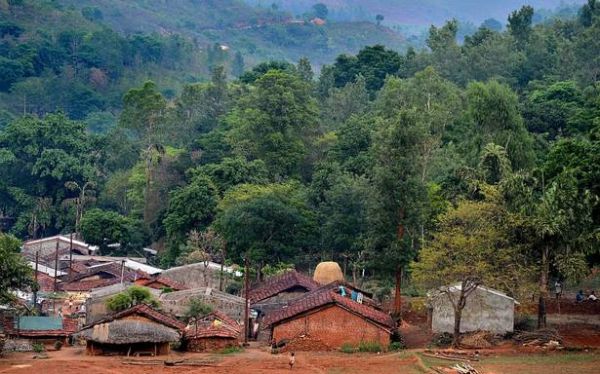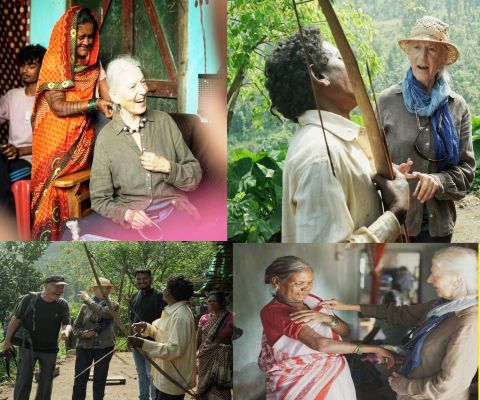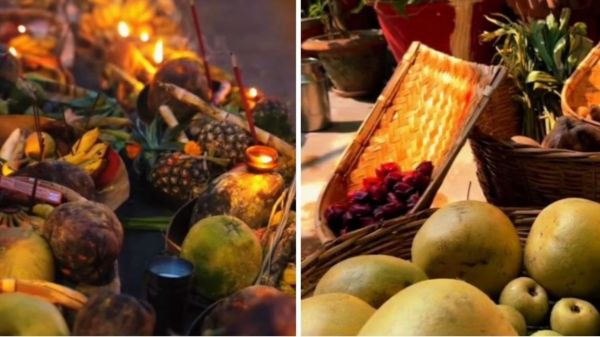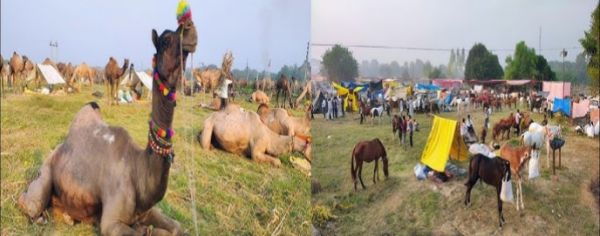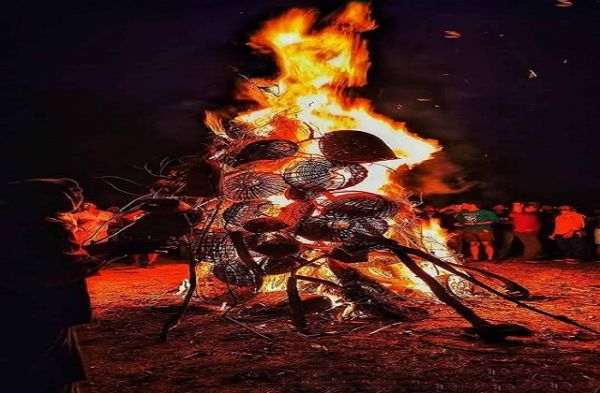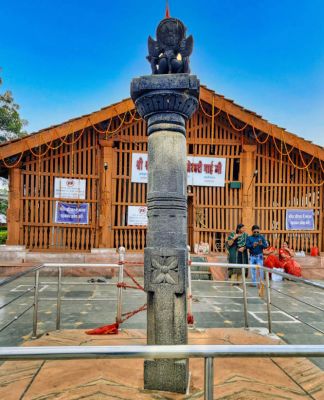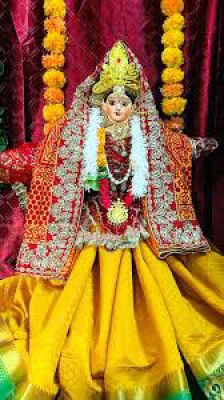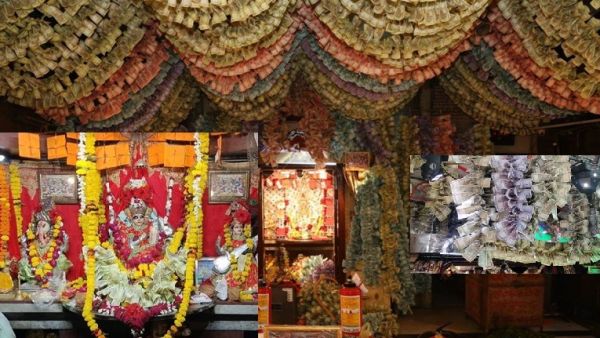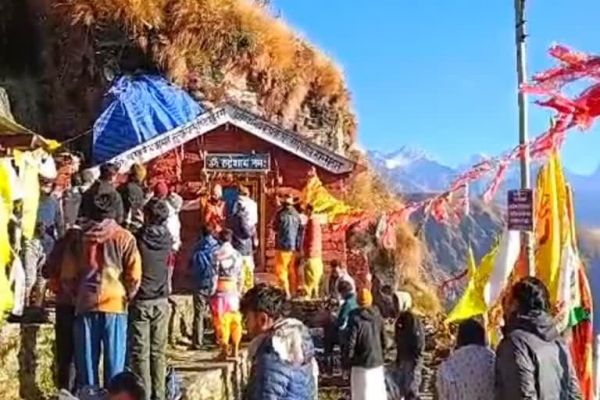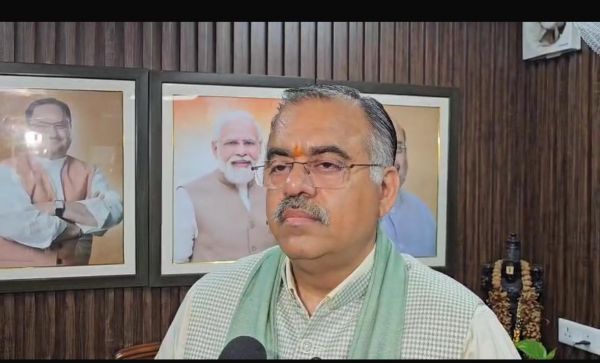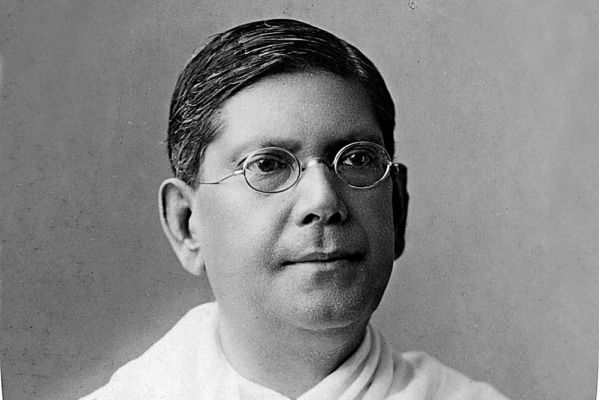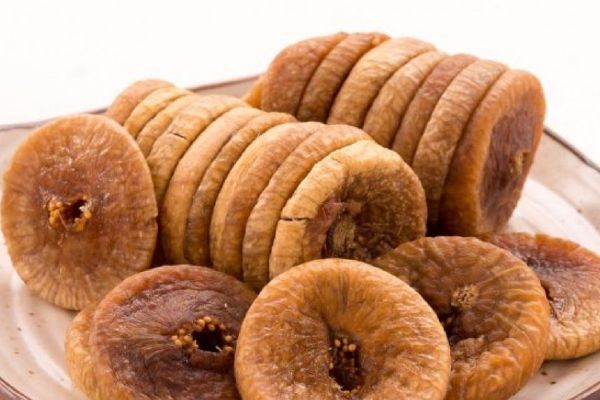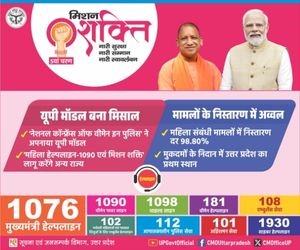Textiles and Fabrics from the Indian Subcontinent were known in Europe well before the Industrial era. In the 17th century, Tavernier, a French gem merchant, mentioned the ‘Qalamdar’ or painted cloth from India. The extraordinary quality of the dyed and painted fabrics of Masulipatnam was described by John Fryer, an English physicist and travel writer.
More such accounts of merchants and travellers are found from the 18th century, describing the types of clothes, materials used and production techniques that were prevalent in the Subcontinent. The popularity of Indian textiles and fabrics in the European markets led to attempts at emulating the production of these items locally in Europe especially in the 19th century after industrialisation. People like Forbes Watson, director of the Indian Museum and reporter of the products of India, meticulously collated names of wild plants that could be used to prepare dyes for fabrics, and described the various processes used in the production of textile.
Traditional production remained small in scale with basic units usually consisting of the weavers and their looms at home. In each area, artisans developed their own styles of treating and decorating the textiles with the locally available raw materials. For instance, Tavernier wrote that Barouch (Bharuch), with large meadows full of lemon trees, was particularly known for bleaching of textiles that required lime juice.
Mixed cotton and silk fabrics were soaked in water containing lime juice and sugar to bleach and brighten their natural shades. Rich and varied embroidery was also a common form of decorating all types of fabrics, right from coarse cotton to the finest Muslin.
Each region of India had its own distinct embroidery styles. The different ways of stitching depended on the quality of the available fabric and the clothing styles of the people. The beautiful embroidered patterns, motifs of plants and birds etc. were inspired by the local flora and fauna.
In terms of regional specialization, cotton can be said to be the most developed among the textiles produced traditionally in India. Even in the quality of the cotton fabric, regional differentiation was prominent with varying degrees of coarseness and finesse of the fabric resulting from the different types of yarn produced. In the 18th century, the types of locally produced cotton fabric were so varied and versatile, that Indian cotton products could comfortably satisfy the diverse tastes of people around the globe.
Throughout the medieval period, Silk from China and Indian Cotton were well received in the European markets. Vasco De Gama’s discovery of the sea route via the Cape of Good Hope in the 15th century further enhanced India’s trade with England. The production and trade of Indian textiles and fabrics in the medieval period were further intensified as the East India Company made its inroads into the Indian subcontinent in the 17th century. Its initial aim was to provide a steady supply of Indian products to the markets of Europe.
The large variety of designs and colour combinations of Indian Calico and other types of cotton, suitable for making items ranging from handkerchiefs to draperies, increased their demand in the European markets. Mostly produced in the area around Gujarat, Coromandel Coast and Bengal, Indian Cotton was designed keeping in mind a wide range of customers. The textile was decorated using varied dyes and numerous techniques like painting, block printing, bleach printing etc. The sheer variety of production styles and the skills of the Indian artisans accumulated through generations, made the products manufactured in India far superior in quality and range than the textiles produced in Europe.
To protect the interest of the English manufacturers against the growing popularity of Indian cotton in the English market, the ‘Calico Act’ was passed in 1721 by the British parliament prohibiting the use of all forms of Calicoes in England. The Act was repealed in 1774, only when newer mechanical inventions allowed English clothes to compete against fabrics produced in the Indian Subcontinent and other Eastern markets.
The Steam Engine, the Spinning Jenny, the Crompton Mule Spindle, the use of copper plates instead of wooden blocks for printing, printing machines with rollers, and other inventions that came up in the 18th century revolutionized textile production in England, enabling the manufacture of textiles that could compete favourably with the Indian products. These manufacturers not only perfected the styles of Calico printing with designs inspired by Indian textiles, but could also very swiftly produce a large quantity of fabrics. As more affordable clothes made of machine spun yarn flooded not only European but also Indian markets, the traditional hand spun yarn and textiles faced stiff competition, which became even more pronounced with the use of chemical dyes in the West.
Indian textiles found it difficult to put up an equal fight with the textiles and fabrics produced in the European mills, leading to a considerable tapering of their popular demand. For the fabrics that were still woven in India by the local weavers, the East India Company in the early years of the 19th century, provided advances and imposed heavy production quotas and strict delivery deadlines on them. The pressure was such that many of these artisans had to abandon weaving and shift to other occupations.
The Industrial class that now came up in Britain pressured the government to end the East India Company’s monopoly over trade in India. They wanted a promising market for their industry produced goods and also needed raw materials. Both these necessities could be served by India. Finally, after the abolishment of EIC’s trade monopoly by the Charter Act of 1813, the Industrialists of Britain completely transformed India into an exporter of raw materials and a market of finished goods. Moreover, there was a high tariff on Indian imports into Britain.
In the early years of the 19th century, Indian Calicoes exported to Britain had to pay a duty as high as 65% while the British goods entering India paid around 3.5%. Even in the markets within India, Indian textiles had to pay a higher duty as compared to British products, completely destroying both the domestic and foreign markets of the traditional Indian small scale manufacturers. As far as consumption patterns are concerned, imported garments redefined the preferences of the customers. Foreign textile materials like Taffetas from England and French Chiffon now appeared in the Indian markets and became popular among the buyers.
A few English merchants, however, realized the cost advantage of producing textiles in mills in India, closer to the source of raw materials. It would save the costs of both the transportation of raw materials to the mills in England from India, and that of bringing the finished goods to the markets back in India. In 1818, the first cotton mill, dealing mainly with production of cotton yarn, was set up in Bengal by a British merchant named Henry Gourger. Nevertheless, It was only in the 1850s that cotton mills came up in Bombay, Ahmedabad and Barouch (Bharuch) under the initiative of Indian merchants.
In 1851, the Bombay Spinning and Weaving Mill was established by Cowasjee Nanabhoy Davar, which led to a springing-up of various such mills mostly with the capital and efforts of the Parsi community, already successfully engaged in the export and import of raw cotton and finished products to and fro Britain. By the 1860s, a few more mills had come up and by 1900 there were more than 190 mills in India. This development caused anxious responses from the manufacturers in Britain, who pressured the Government to withdraw all export duties of goods being sent to India, thus ensuring even cheaper prices for these items. Moreover, these Indian Mills received no support from the British Indian Government either, which was determined to ensure the interest of the British manufactures.
Like cotton, the British was also keen on producing silk yarn in India, though for reasons of a different nature. While it is not clear when the practice of silk production began in India, it was certainly present before the coming of the British. Published in 1872, an account of the potential of sericulture in India written by J. Geogeghan, Under Secretary to the Government of India, in the Department Agriculture, Revenue and Commerce, shows that it was after a set of diseases that affected the broods of silkworm in the rearing countries of Europe in the 19th century that the attention of the Europeans shifted towards the possibility of substantial silk rearing In India.
Silk was produced in the regions of Bengal like Midnapore, Maldah, Hooghly etc in India. However, the quality of Bengal silk was low, due mostly to its faulty reeling procedures. Geogeghan mentions efforts of British to improve the technology of silk manufacture in Bengal. Silk weaving, on the other hand, was neglected as the aim was to transport raw silk to Britain for the benefit of the manufacturers there. The market for local woven silk in India, thus, suffered as a variety of imported silk garments became popular.
There were yet a few factories of the English that still produced silk textiles in India with the locally produced raw materials. An interesting detail here is the weaving of the Baluchari sarees under the East India Company. Murshidabad was famous for its red, blue and purple, five yards silk Baluchari sarees produced in its town Baluchar from the medieval times. These were especially known for the embroidery on the aanchal with bright, golden thread. Under the EIC, the Baluchar saris were produced in the factories of Murshidabad that had figures of people dressed in European clothes like hats and bonnets.
The production of wool in India however, went through a distinct type of change in the colonial period. Historically, it was mostly the mobile communities that herded sheep and also wove the wool to make cheap and coarse woolen textile like the Patu cloth for making shawls. The Dhangar Nasiks and the Kumaon Bhotiyas were among the many such groups, who grazed cattle (mostly sheep), wove wool and sold the products at various fairs and markets.
With the creation of Reserved Forests in the latter half of the 19th century and increased emphasis on the sedentarization of the nomadic groups, the access of these people to the common pasture lands decreased. Moreover, the distrust of the Colonial government on these mobile groups, led to the imposition of newer taxes on their movements that further restricted their activities. These led to a significant decline in the number of shepherds and weavers of carpets, blankets and other similar items. Nevertheless, those that benefited from the situation were the owners of large flocks of sheep, who were financially better equipped to take risks.
As overseas trade increased with the innovations in manufacture, transportation and communication technologies, the need for cheap and convenient material for packaging and other such activities became prominent. The East India Company, hence began exploring the possibility of Jute or what was also known as ‘Indian Grass’.
By the second half of the 19th century, a huge quantity of raw jute packed in Calcutta was sent to mills in England, especially to Dundee, which came to be known as the ‘Jutepolis’. The first Jute spinning machinery was set up by George Acland and Babu Bysumber Sen, at Rishra, near Serampore in Bengal. By the 1870s, there were enough jute bags and sacks produced in the Bengal mills to package Indian and South East Asian exports. The peculiar characteristic of the production of jute was that India was not simply an exporter of raw jute to England. The production of Jute textile in Bengal in fact was more than the mills of Dundee. Production of Jute being a particularly labour intensive process, it was more convenient to manufacture it in the mills of Bengal, where labour was cheaper and easily exploitable. Nevertheless, the control of the mills and jute trade was strictly under the English. The traditional handloom Jute weavers suffered and slowly faded from the scene.
The British in India had a singular agenda of maximizing profit, and extracting raw materials and labour from their Indian Colony. The effects of it have been analyzed by many economic historians and other scholars as being significantly ruinous for the Indian producers, manufacturers and traders. Like the other sectors of the economy, under the colonial regime, the local textile sector also suffered major losses. It is thus, that the rejection of British machine made clothes became an important symbol in the Indian freedom struggle. Mahatma Gandhi popularised the use of Khadi (hand-woven clothes made of hand-spun yarn), as a part of his campaign for self-rule or swaraj. The aim was to refuse the usage of British products, manufactured on the ruins of the Indian artisans and weavers, and shift to hand woven, locally produced garments.




